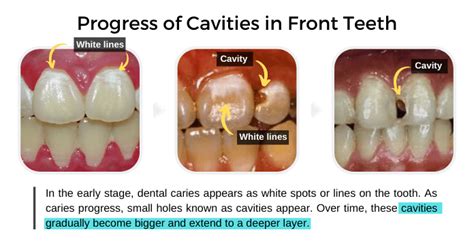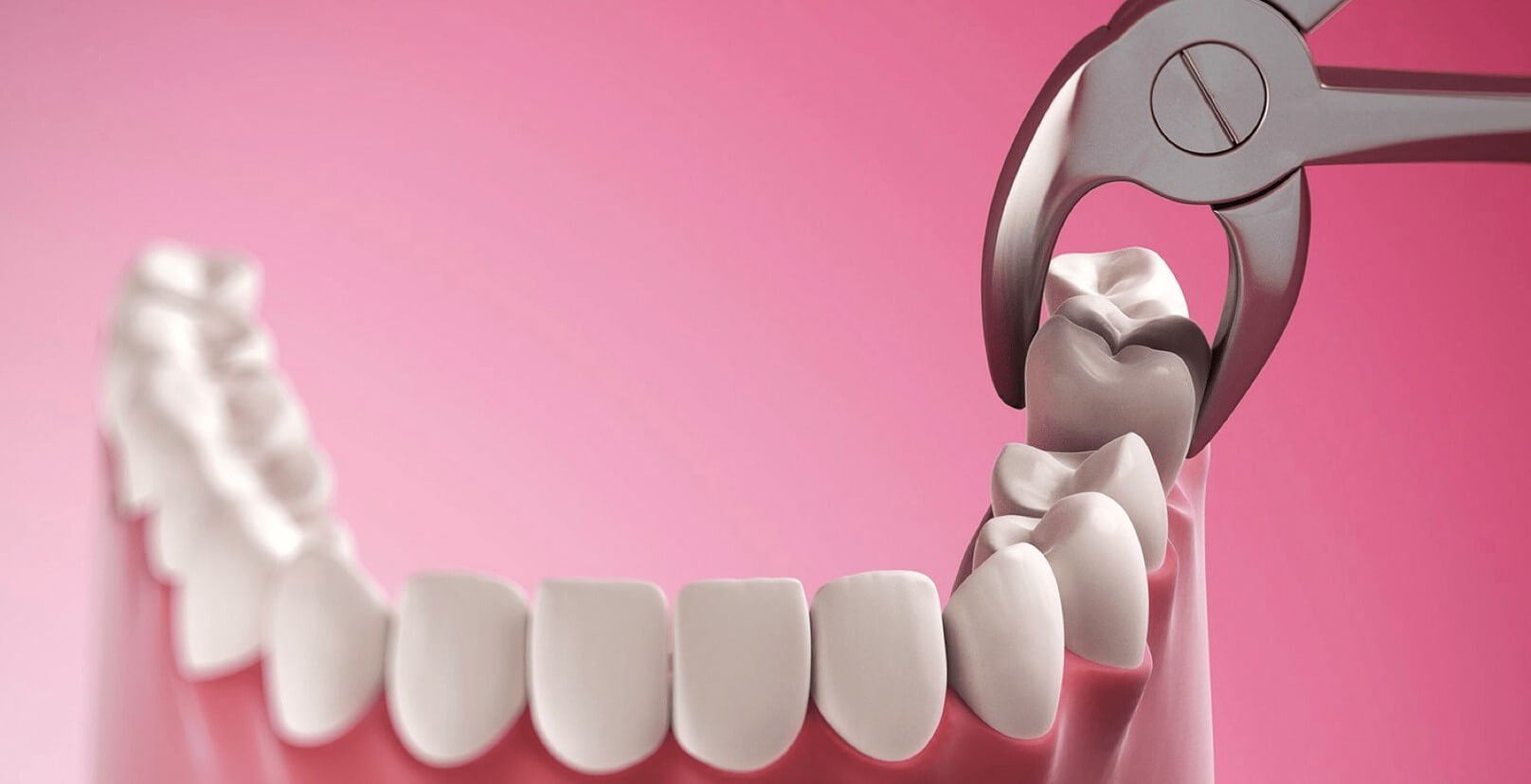Front Tooth Cavities

Front tooth cavities, also known as incisor cavities, are a common dental issue that affects millions of people worldwide. Despite their prevalence, many individuals are unaware of the causes, symptoms, and consequences of front tooth cavities. In this comprehensive guide, we will delve into the world of front tooth cavities, exploring their definition, causes, symptoms, diagnosis, treatment options, and prevention strategies.
What are Front Tooth Cavities?
Front tooth cavities are bacterial infections that cause demineralization of tooth enamel, leading to the formation of small holes or pits on the surface of the front teeth. These cavities can be painful, unsightly, and potentially damaging to the surrounding teeth and gums. Front tooth cavities can occur on any of the six front teeth, including the central incisors, lateral incisors, and canines.
Causes of Front Tooth Cavities
Front tooth cavities are caused by a combination of factors, including:
- Poor Oral Hygiene: Failure to brush and floss regularly can lead to the accumulation of plaque and bacteria on the front teeth, increasing the risk of cavities.
- Diet: Consuming sugary and acidic foods and drinks can contribute to the development of front tooth cavities.
- Genetics: Some individuals may be more prone to front tooth cavities due to their genetic makeup.
- Dry Mouth: A lack of saliva can increase the risk of front tooth cavities, as saliva helps to neutralize acids and remineralize teeth.
- Misaligned Teeth: Crooked or overlapping front teeth can create areas where food and bacteria can become trapped, increasing the risk of cavities.
Symptoms of Front Tooth Cavities
The symptoms of front tooth cavities can vary depending on the severity of the cavity. Common symptoms include:
- Tooth Sensitivity: Pain or discomfort when consuming hot or cold foods and drinks.
- Tooth Discoloration: White or brown spots on the surface of the front teeth.
- Tooth Pain: Sharp or dull pain when biting or chewing.
- Bad Breath: Persistent bad breath or a foul taste in the mouth.
Diagnosis of Front Tooth Cavities
Front tooth cavities can be diagnosed through a combination of visual examination, radiographs (x-rays), and tactile inspection. Dentists use a variety of tools, including:
- Visual Examination: A thorough visual examination of the front teeth to look for signs of decay or demineralization.
- Radiographs: X-rays to detect cavities that are not visible to the naked eye.
- Tactile Inspection: A gentle probing of the teeth to detect any areas of decay or sensitivity.
Treatment Options for Front Tooth Cavities
The treatment of front tooth cavities depends on the severity of the cavity. Common treatment options include:
- Fluoride Treatments: Professional fluoride treatments to help remineralize and strengthen the teeth.
- Fillings: Tooth-colored fillings to repair small cavities.
- Crowns: Dental crowns to cover and protect larger cavities.
- Root Canals: Root canal therapy to treat cavities that have reached the pulp of the tooth.
Prevention Strategies for Front Tooth Cavities
Preventing front tooth cavities requires a combination of good oral hygiene practices, a healthy diet, and regular dental check-ups. Some effective prevention strategies include:
- Brushing and Flossing: Regular brushing and flossing to remove plaque and bacteria.
- Fluoride Toothpaste: Using toothpaste that contains fluoride to help strengthen teeth.
- Dental Sealants: Applying dental sealants to the front teeth to prevent bacteria from accumulating.
- Regular Dental Check-Ups: Regular dental check-ups to detect and treat cavities early.
It's essential to address front tooth cavities promptly to prevent further damage and potential complications, such as tooth loss or infection. Regular dental check-ups and good oral hygiene practices can help prevent front tooth cavities and maintain a healthy, beautiful smile.
FAQs
What are the most common causes of front tooth cavities?
+Poor oral hygiene, diet, genetics, dry mouth, and misaligned teeth are some of the most common causes of front tooth cavities.
How can I prevent front tooth cavities?
+Preventing front tooth cavities requires a combination of good oral hygiene practices, a healthy diet, and regular dental check-ups. Brushing and flossing regularly, using fluoride toothpaste, and applying dental sealants can help prevent front tooth cavities.
What are the symptoms of front tooth cavities?
+Common symptoms of front tooth cavities include tooth sensitivity, tooth discoloration, tooth pain, and bad breath.
How are front tooth cavities diagnosed?
+Front tooth cavities can be diagnosed through a combination of visual examination, radiographs (x-rays), and tactile inspection.
In conclusion, front tooth cavities are a common dental issue that can be prevented and treated with a combination of good oral hygiene practices, a healthy diet, and regular dental check-ups. By understanding the causes, symptoms, and treatment options for front tooth cavities, individuals can take proactive steps to maintain a healthy, beautiful smile. Remember, prevention is key, and regular dental check-ups can help detect and treat cavities early, preventing further damage and potential complications.


